From development land, residential land to townhomes whatever you are looking for RPM has the ideal location for you.
From development land, residential land to townhomes whatever you are looking for RPM has the ideal location for you.

Development Land
Specialists in sourcing and selling development land for commercial and residential projects. Explore current and past opportunities.
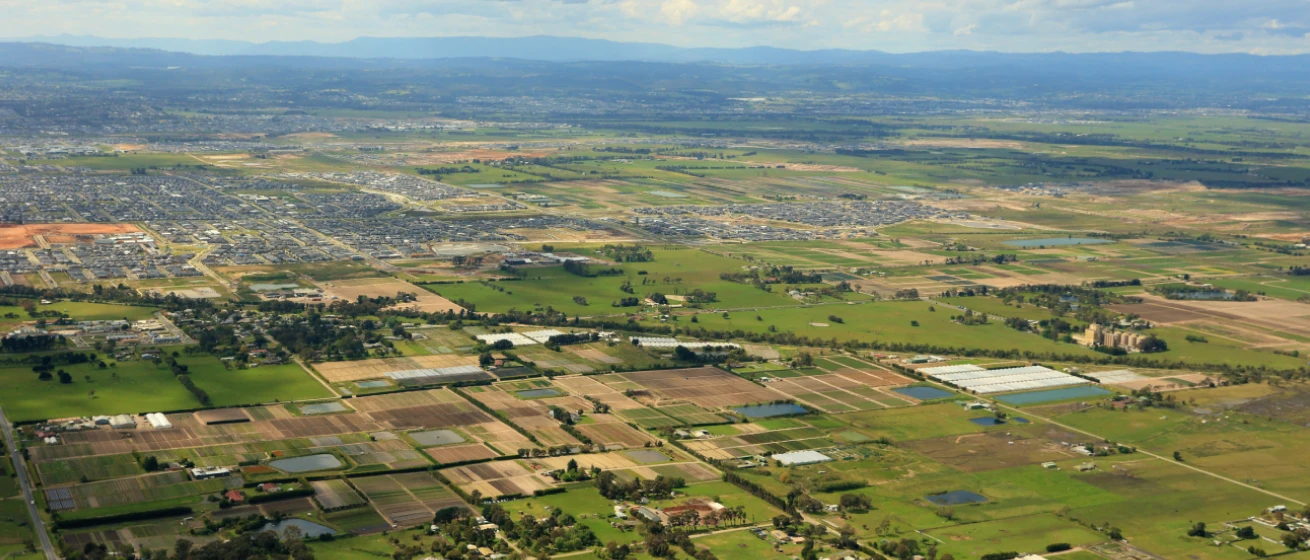
Residential Land
Across Australia’s East coast RPM has the ideal land to suit your lifestyle and dream home, explore the projects RPM is proud to be partners in selling.
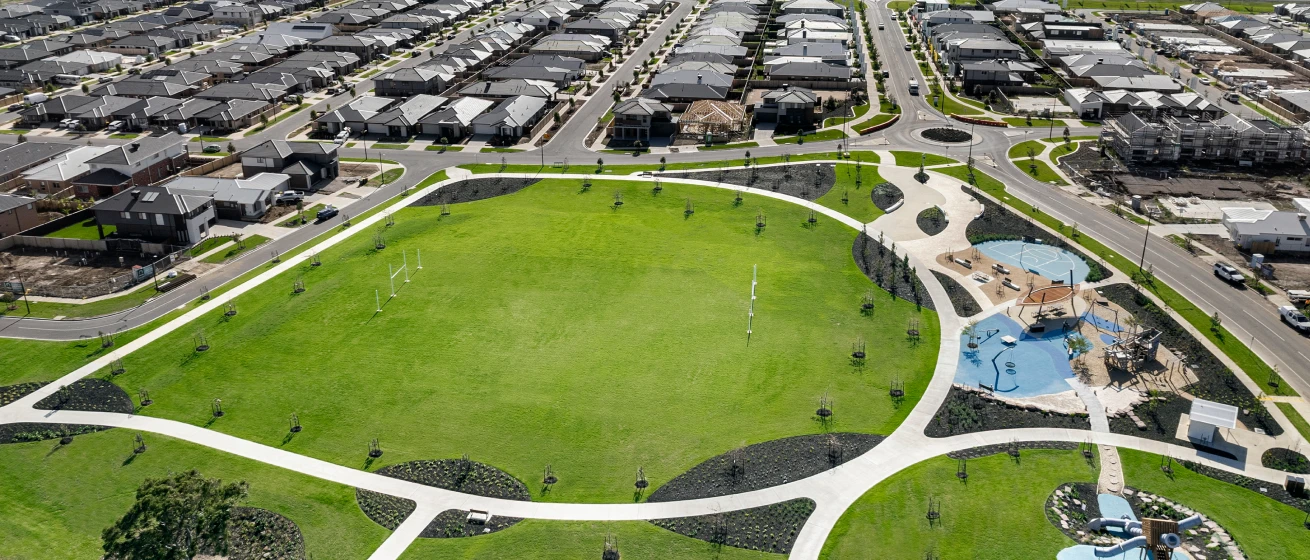
Townhomes
With townhouses to suit every lifestyle and budget, find your perfect home today.
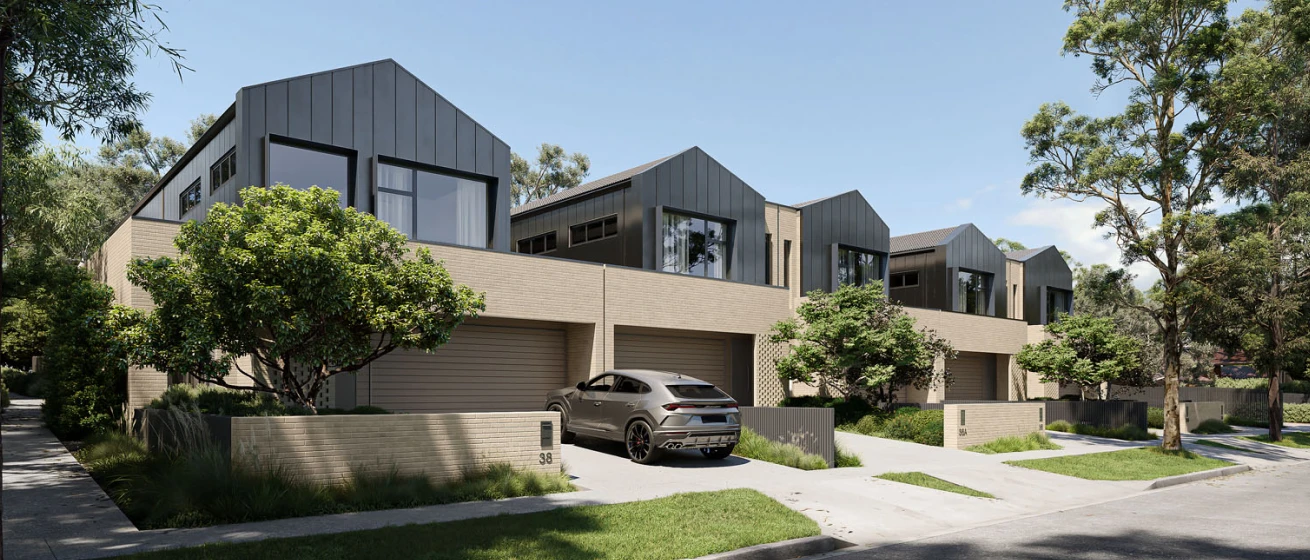
Apartments
Inner city & coastal new apartment projects. Explore our projects to find your perfect location and style of living.
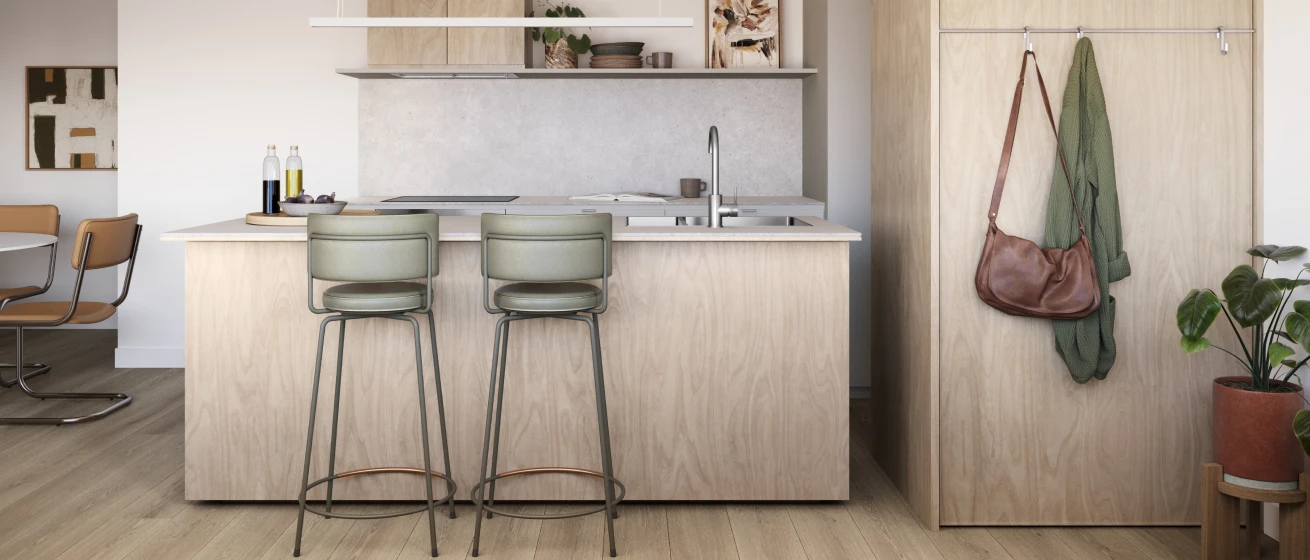
RPM offer a comprehensive suite of professional services at every stage of your property journey.
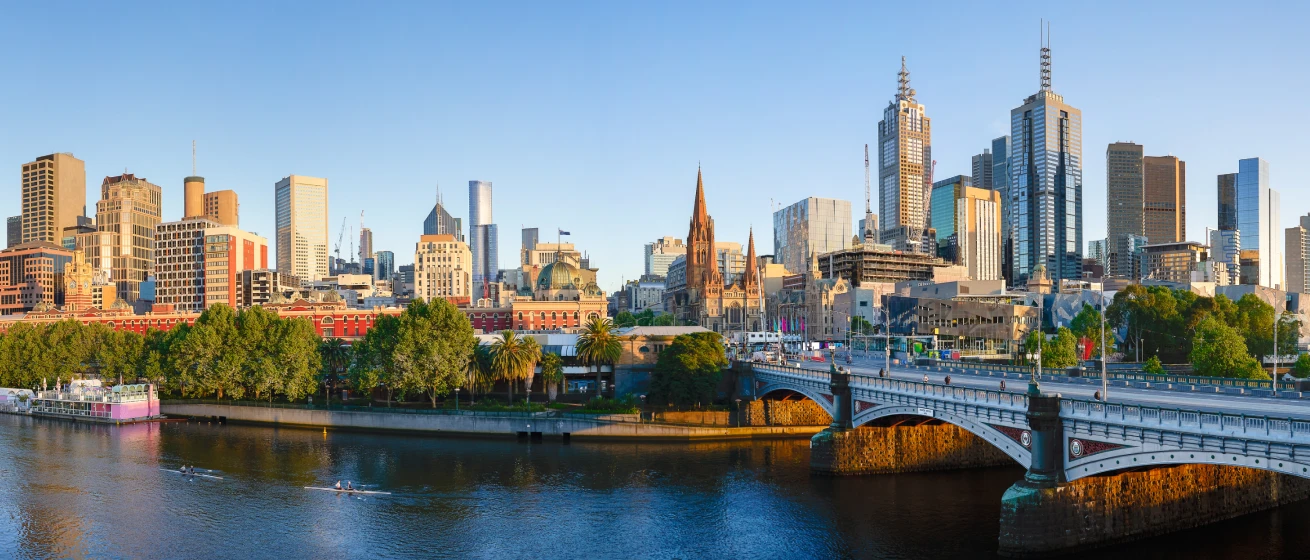
RPM offer a comprehensive suite of professional services at every stage of your property journey.
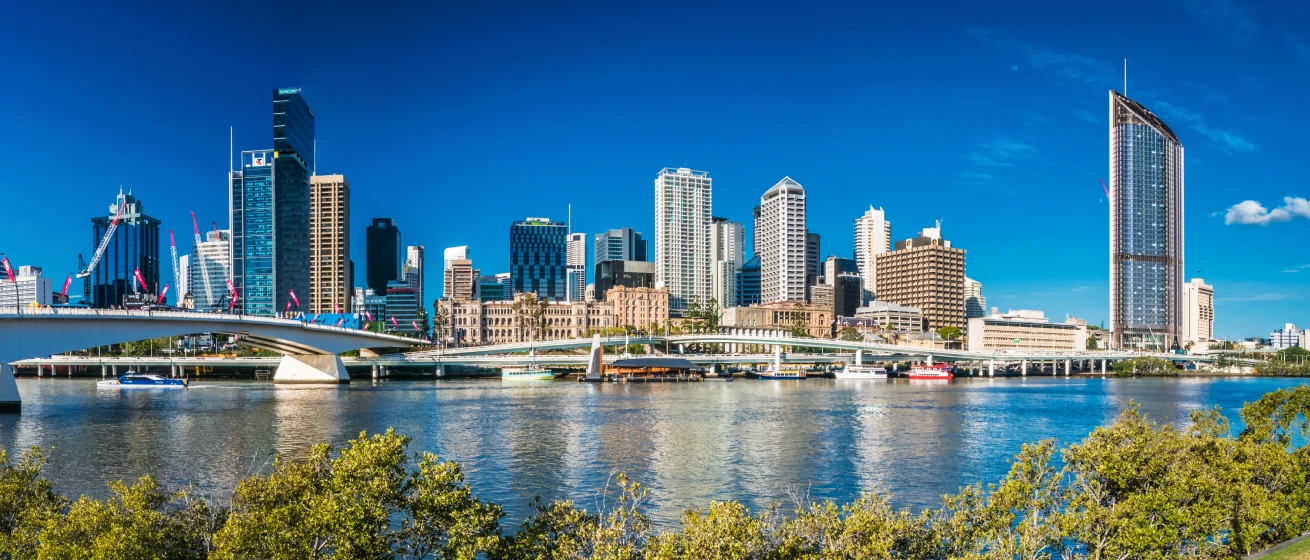
Pioneering new benchmarks in property intelligence, know-how, and data-driven insights, read the RPM Group's story.
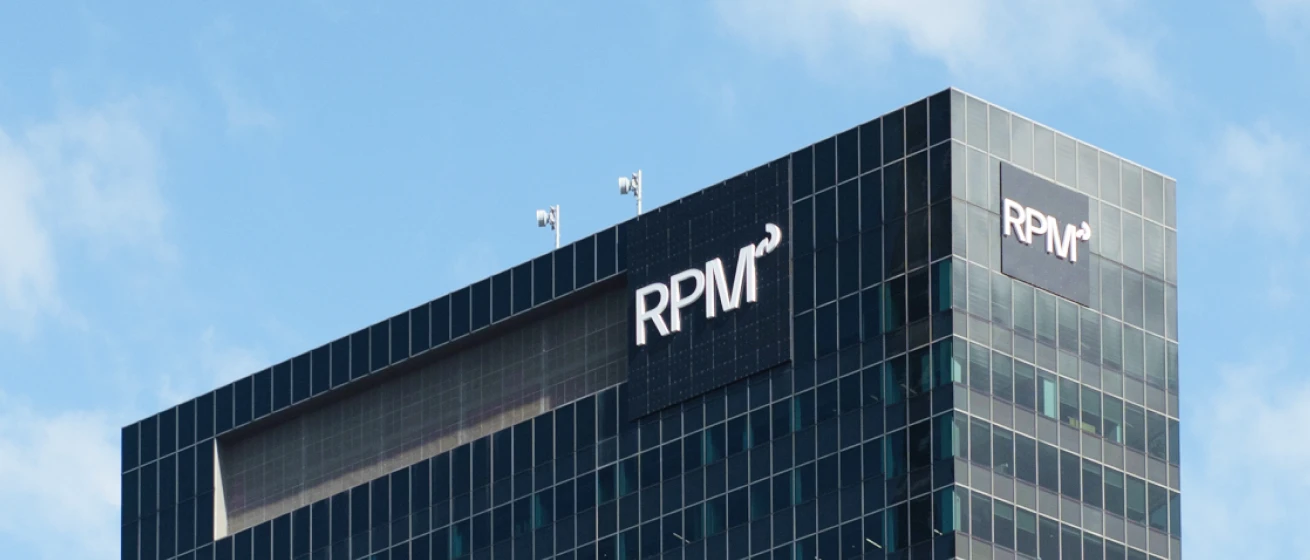
Our Story
Since 1994, RPM has grown to become the industry-leader with an expanding national presence; offering a comprehensive suite of services

Our Team
The heart of our business are the people who make it thrive. Discover the passion and dedication of our national team.
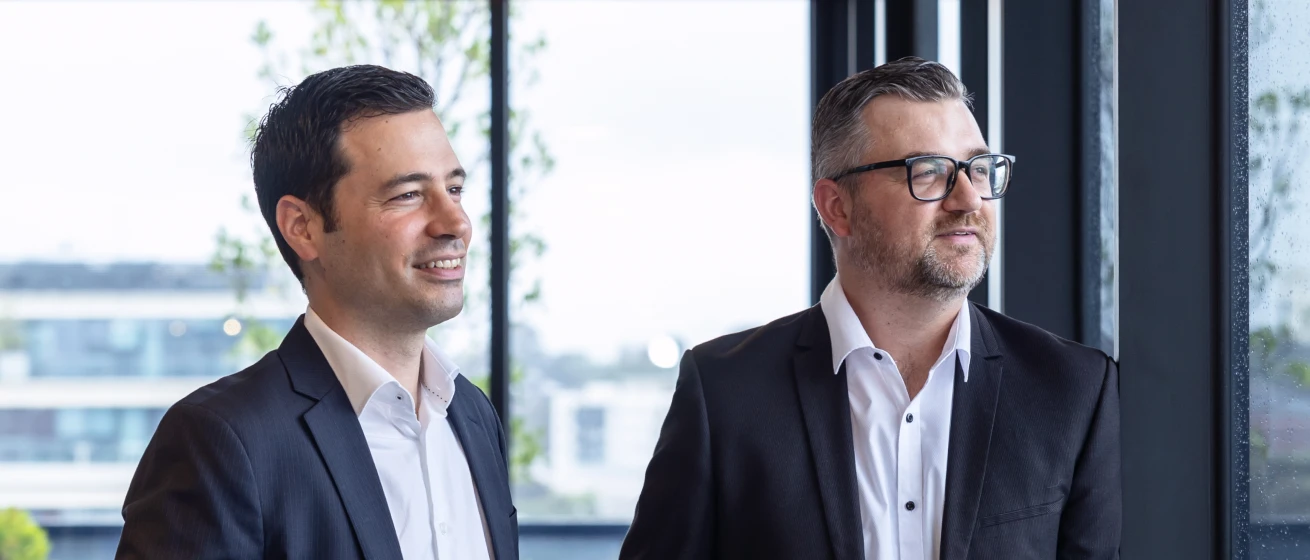
Careers
Our team of property experts is truly unparalleled. See how you can join this exceptional group and shape your future with us.

21.06.2023
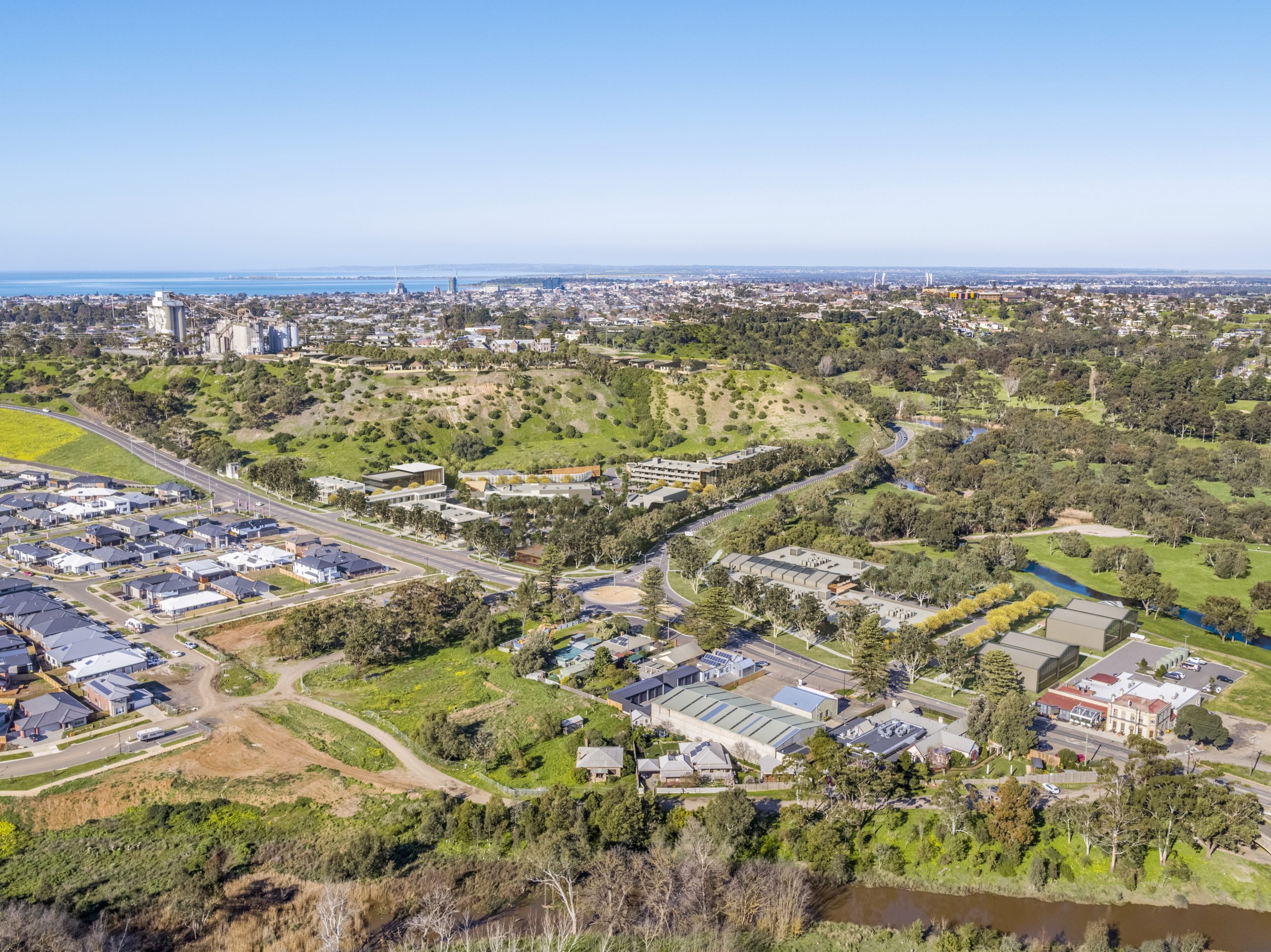
This article was originally published on The Geelong Advertiser.
A pipeline of new rental homes looks to be assured with private investors turning to Geelong’s growth areas to pump in their money. Figures show investment buyers were close to half the purchasers of new land in the region, making up about 75 of 173 sales in the March quarter. New land sales in the Geelong growth corridor lifted 7 per cent in the quarter, a new report by RPM Research, Data & Insights shows.
RPM’s latest Greenfield Market Report revealed Geelong was the only one of Melbourne’s four growth regions to record an uptick in sales at the start of 2023, recovering from the previous quarter’s long-term low. In total, 173 lots sold during the quarter, while new land releases increased 45 per cent as the number of active estates rose, with 145 new lots introduced to the market.
RPM managing director project marketing Luke Kelly said Geelong’s upward trajectory was underpinned by strong investor appetite for the region. “Investors made up 43 per cent of purchasers during the quarter, the highest of Melbourne’s growth regions, zeroing in on this area because of its desirable location and the significant investments being made in infrastructure and economic diversification to support its growth,” he said.
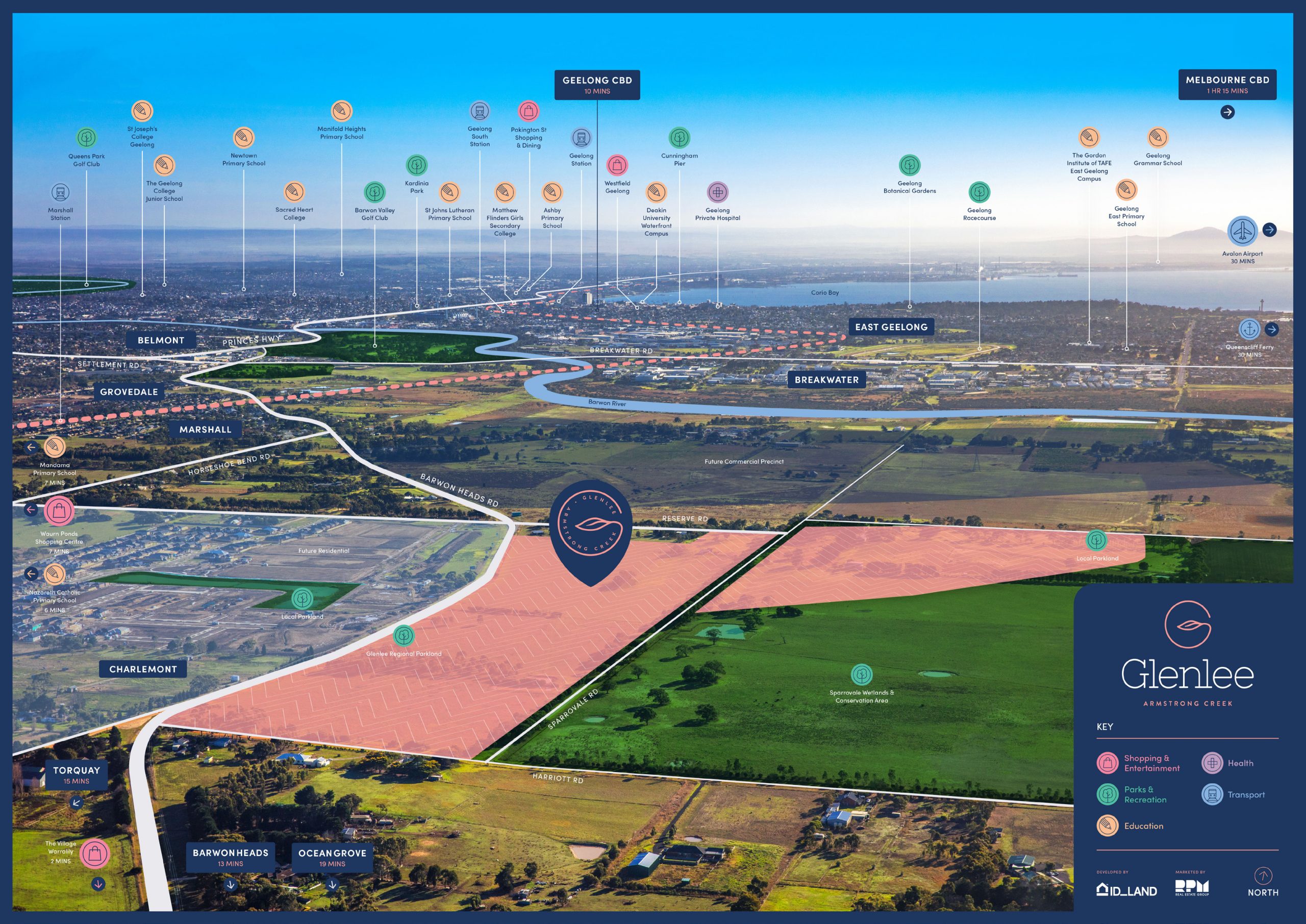
“Sophisticated investors are in the market probably looking at… why not throw their hat in the ring when the things start going up. The investors are wise to see that we’re at the bottom of the trough and it’s a decent time to get yourself a deal.” Growth area suburbs include Armstrong Creek, Charlemont and Mt Duneed in the south, Lara in the north and Curlewis, St Leonards and Ocean Grove on the Bellarine Peninsula.
Mr Kelly said developers were offering deals, such as rebates and referral bonuses from $10,000 up to $25,000, and investors were negotiating prices. Lag time for the land to be titled meant building costs should have peaked by the time buyers secured a builder. Investors typically made up 25 per cent of new land buyers in a normal market, he said. “Upgraders and downsizers led the charge when it came to owner-occupier buyers, which had driven demand for larger homes, with 38 per cent of buyers planning to build sizeable abodes measuring more than 30 squares.”
This article was originally published on The Geelong Advertiser.
You can see how this popup was set up in our step-by-step guide: https://wppopupmaker.com/guides/auto-opening-announcement-popups/
